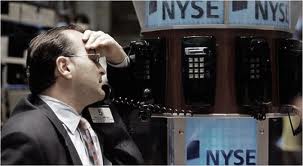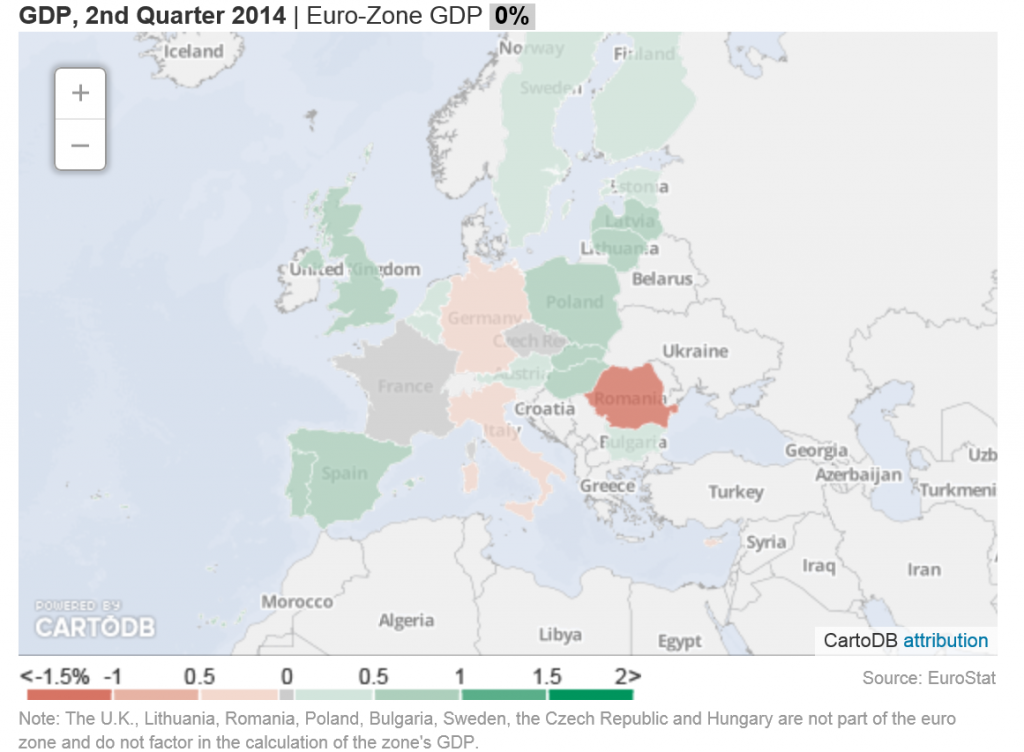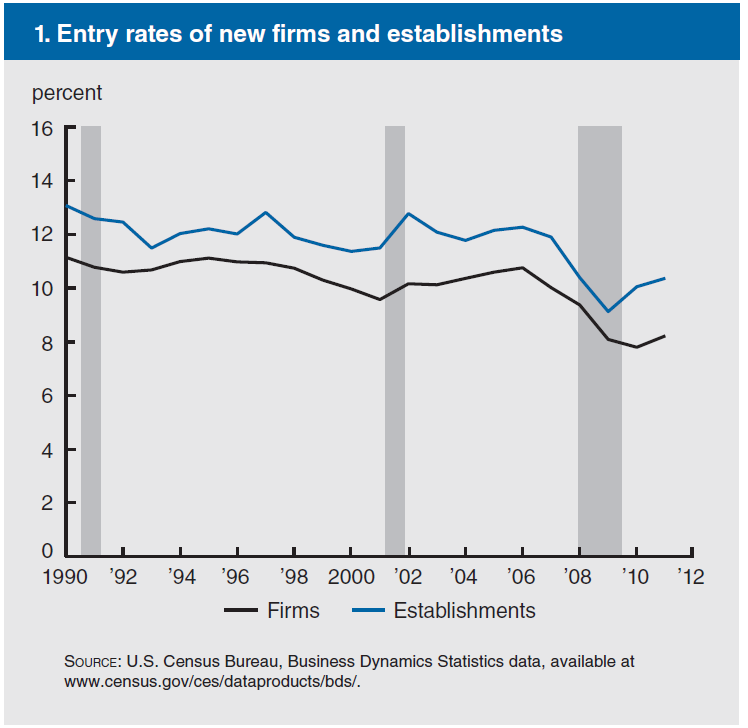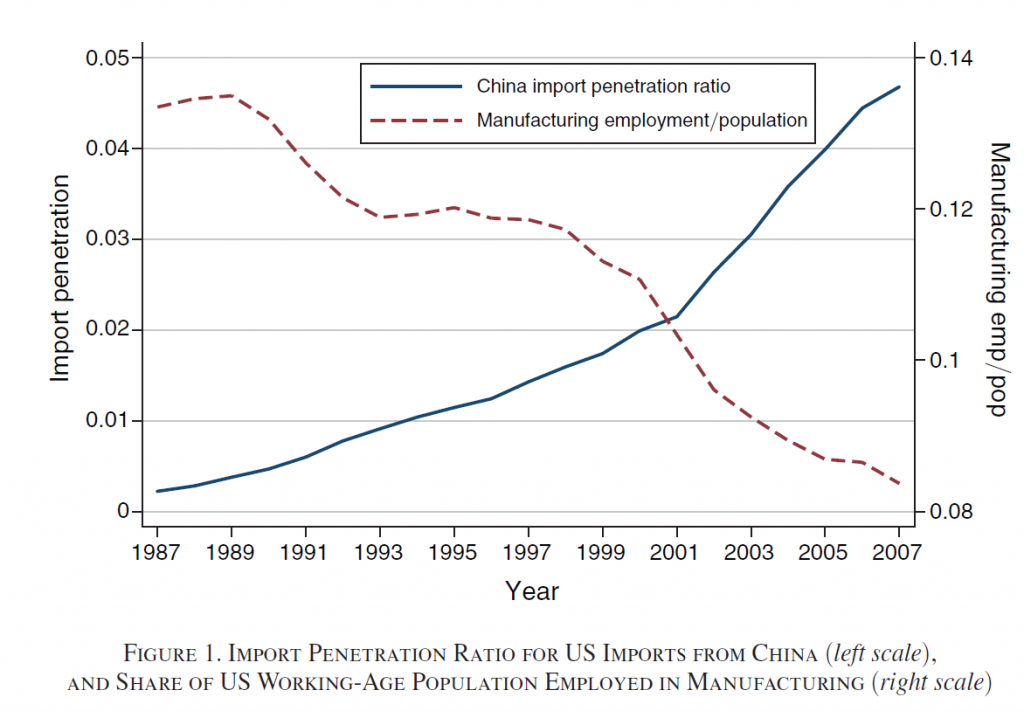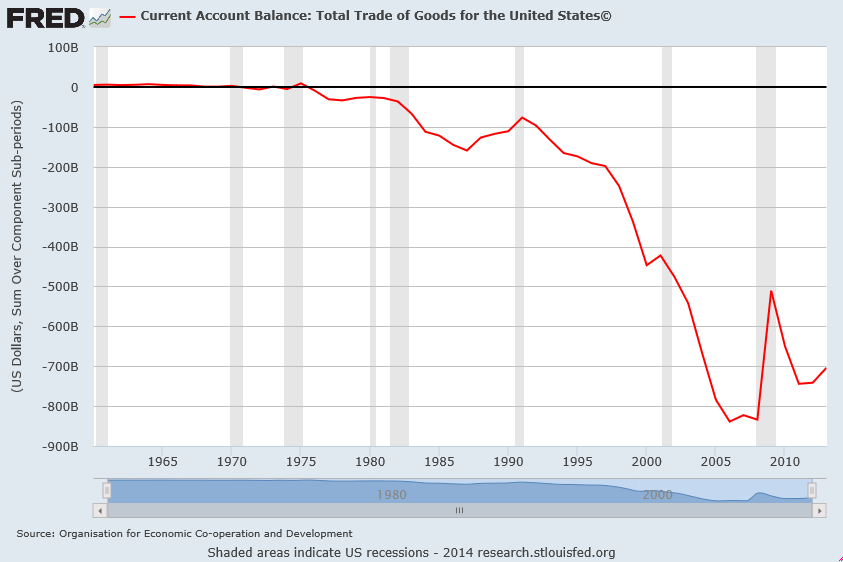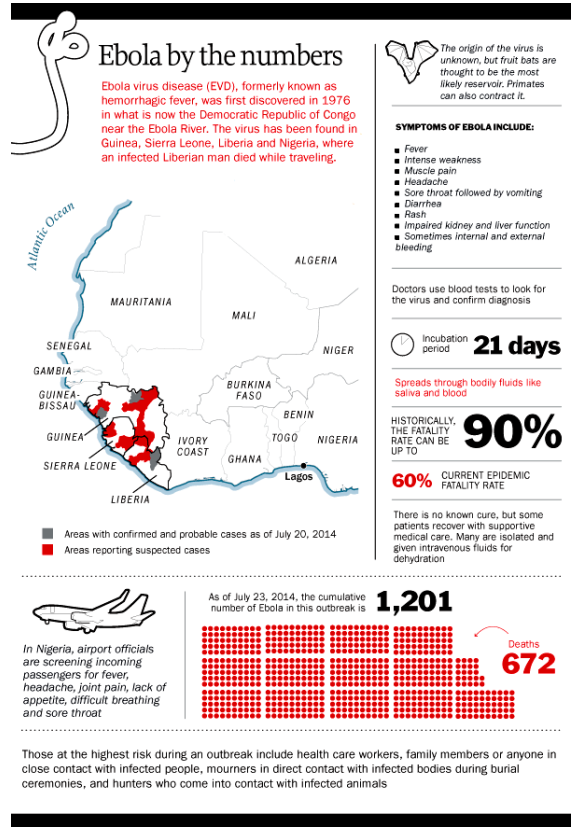Yesterday I saw a headline on Reuters,
U.S. retail sales pause, seen rebounding in months ahead
with a story that made the best out of a recent stall in US consumer spending, especially for cars.
I also noticed –
Japan’s Economy Contracts Sharply
Real gross domestic product, the total value of all goods and services produced in the economy, shrank 6.8% in the three months through June on an annualized basis from the prior quarter
In Europe, the economic tea leaves suggest a developing recession in Italy, negative growth in Germany, and stasis in France, as highlighted in this Wall Street Journal graphic.
Mish Shedlock, furthermore, is all over the bizarre new data coming out of China on bank loans in the standard and shadow banking systems.
New Yuan Loans and Shadow Banking Collapse in China; Record Bank Deposit Slump
All this after the 1st Quarter surprise drop in US real GDP of -2.7 percent, quarter-over-quarter.
A Note on How I Forecast the Global Economy
So my experience is with enterprise level IT companies with markets in the major global economic regions – Europe, Japan, China, the US and the ROW (rest of the world).
The idea is to keep tabs on regional developments to predict sales and, in some respects, to mix and match resources to the most promising markets.
After you do this for a while, it’s obvious there are interdependencies between these markets, in particular trade interdependencies.
Europe provides a large market for Chinese products – a market which has flagged in recent years with prolonged economic troubles in peripheral EU zone areas. The United States also provides China important markets for its goods.
Japan, as one of the largest economies in the world, is in the mix here too.
Bottom line – if all the major global economic regions (except South America?) are flagging, a synchronized global recession is increasingly likely.
What the Problem Is
This is sort of a “plain-vanilla” forecast, and might be fine-tuned with quantitative models – although none of these is especially accurate on a global scale.
But the deeper issue and problem has to do with the US Federal Reserve and many other central banks. And the failure to follow standard fiscal policy measures during the last economic downturn.
A new recession in the United States in 2014 or 2015 would find the US Federal Reserve Bank with no policy tools. The federal funds rate, the overnight rate directly controlled by the Fed, currently is virtually zero. The bond-buying program known as “quantitative easing (QE)” is scheduled to end in October, which means it is still running. The Fed balance sheet already includes more than $4 trillion in liabilities, more than 75 percent of which were incurred fighting the last recession.
That leaves fiscal policy as the only real response to a new recession.
However, the prospects for Congress to step up to the bat in the next two years do not look good.
Barry Ritholtz highlights the problem with Congress in a recent Bloomberg column – Naming the Biggest Losers in America.
The drag from federal government usually is a simple and obvious fix. During a recession and recovery, spending should rise and the Fed should make credit less expensive.
Except in this cycle. Before you start telling me about beliefs and ideology and the deficit, all one needs to do is compare federal spending during the 2001 recession cycle, with a Republican controlling the White House and a split Congress, to the present cycle. Apparently, the importance of reducing deficits and having a smaller government only applies when the GOP doesn’t control the White House.
Look also at state and local government, another huge drag on the economy. Block grants to the states could have helped to pay for police, emergency workers, teachers, road and bridge maintenance as they have in past recessions. But they weren’t, for partisan political reasons. The nation is worse off for it.
Business equipment investment and other forms of capital expenditures have been jump started with an accelerated depreciation tax allowances in past recessions. For some reason, this was allowed to lapse in 2013. This wasn’t very smart; if anything, they should have been extended and made more aggressive.
The biggest drag of all has been the persistent weakness in residential real estate. The recent increases in home prices are the result of record-low mortgage rates and limited inventory, not an economic recovery. As we noted in “The Best Housing Program You’ve Never Heard Of,” there were some attempts to ameliorate this, but they amounted to too little too late.
The bottom line is that as a nation, and mainly because of Congress, we haven’t risen to the challenges we face. There has been little intelligence, no creativity, negligible cooperation, and an epic failure of civic responsibility.
Amen.
Reflections
All this highlights for me that we need to face facts on US Federal Reserve policy, which currently is stuck at the zero lower bound for the federal funds rate and is still buying long term bonds.
The next recession is likely to hit before the Fed “normalizes” interest rates and its QE programs.
Also, the character of the US Congress is unlikely to convert en masse to Keynesian economics in the next two years.
This means, in turn, that unorthodox measures to stimulate the US and global economy will be necessary.
What are they?
